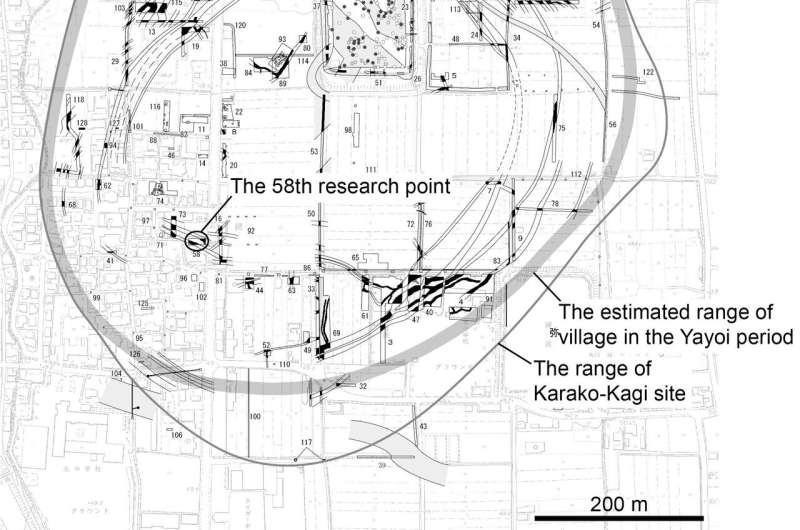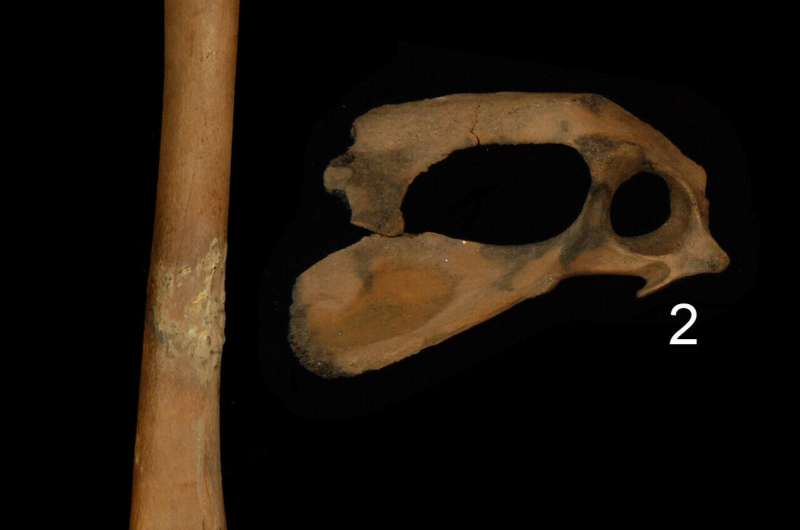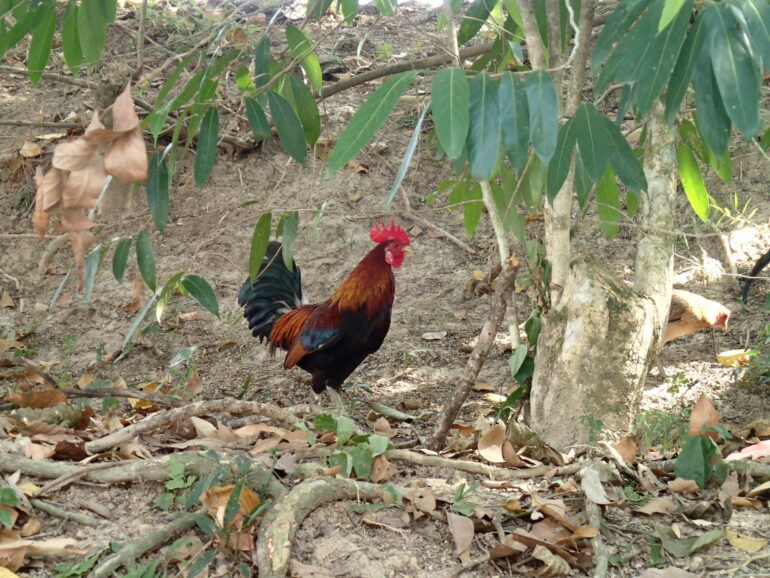Conclusive evidence of chicken breeding in the Yayoi period of Japan has been discovered from the Karako-Kagi site.
The chicken is one of the most common domesticated animals, with a current estimated population of over 33 billion individuals. They are reared for their meat and eggs, and may be kept as pets.
The chicken is believed to have been domesticated in Southeast Asia about 3,500 years ago, following which they were carried to all corners of the world. The exact date of introduction of chicken breeding to Japan is under debate, as there are no historical records and archaeological evidence is inconclusive.
Professor Masaki Eda at the Hokkaido University Museum led a team to uncover the earliest conclusive evidence of chicken breeding in Japan. The findings, which show chickens were bred in the Karako-Kagi site, a settlement from the Yayoi period [5th century BCE to around 2nd century BCE], were published in the journal Frontiers in Earth Sciences.
“Chickens and their wild relatives belong to a family of birds called Phasianids, which includes pheasants, turkeys and quail,” explains Eda. “Bones of juvenile phasianids recovered from archaeological sites could not indisputably be identified as belonging to chickens or to similarly sized wild pheasants. Identification of juveniles is important, as it would indicate that breeding of chickens took place.”

The bones examined in this study were discovered at the 58th research point in the Karako-Kagi site. © Masaki Eda, et al. Frontiers in Earth Science. April 20, 2023
The Karako-Kagi site, in what is now Tawaramoto Town, Nara Prefecture, is considered to be a settlement that played the role of a leader of the Kinki region during the Yayoi period. There are multiple archaeological digs in the area; one such dig, at the 58th research point, yielded ten phasianid bones, four of which belonged to juvenile birds.
The team used a technique called Zooarchaeology by Mass Spectrometry (ZooMS) to analyze the collagen in two of the juvenile phasianid bones. Previous work by Eda had shown that domestic chicken and Japanese wild pheasants had different ZooMS fingerprints; ZooMS revealed that both the two bones belonged to chickens. The collagen from one of the bones was also carbon dated to 381–204 BCE, corresponding to the middle Yayoi period.

The two bones from the Karako-Kagi site identified as belonging to juvenile chickens by the Zooarchaeology by Mass Spectrometry technique. © Masaki Eda, et al. Frontiers in Earth Science. April 20, 2023
“Ten of the eleven previously-discovered bones of adult chickens from this period have all belonged to males; hence, it was thought chicken breeding could not have occurred on the Japanese archipelago,” Eda said.
“By identifying bones from juvenile chickens, we provide clear evidence that breeding did occur in that time period—which is also the earliest time chickens could have been introduced to Japan. In addition, Karako-Kagi is considered an important trade hub of the Yayoi period, so there is a possibility that this status is a factor in chicken breeding during the period.”
The archaeological discoveries of chickens in Japan show that the human-chicken relationship was very different from that revealed by archaeological studies in China and in Europe. Future research will focus on understanding these differences.
More information:
The earliest evidence of domestic chickens in the Japanese Archipelago, Frontiers in Earth Science (2023). DOI: 10.3389/feart.2023.1104535
Provided by
Hokkaido University
Citation:
Chicken breeding in Japan dates back to fourth century BCE (2023, April 20)



